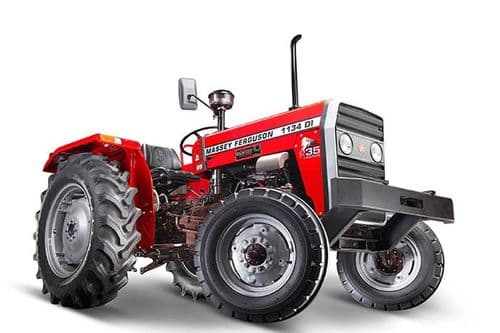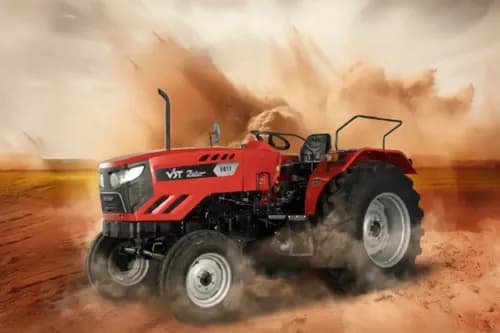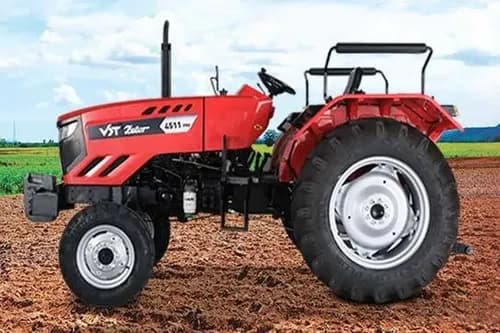Ad
Ad
Essential Tips & Steps for Successful Spinach Farming

Spinach, a nutrient-packed leafy green, has gained popularity in various dishes for its health benefits. Whether you're a seasoned farmer or a novice looking to cultivate spinach successfully. Below, we have mentioned some of the essential tips you should consider before starting Spinach Farming-
- Optimal soil pH between 6.0 and 7.0 enhances spinach nutrient absorption and growth.
- Rotate spinach crops regularly to prevent soil-borne diseases and maintain soil fertility.
- Integrate organic matter like compost to improve soil structure and water retention.
- Plant spinach at the beginning of spring or late summer for cooler temperatures, reducing bolting risks.
- Employ companion planting with strawberries or radishes to deter pests and maximize space.
- Water consistently, ensuring soil moisture without overwatering, to prevent root diseases.
- Harvest outer leaves first to encourage continuous growth and prolong the spinach season.
- Utilize floating row covers to protect spinach from pests like aphids and leaf miners.
- Implement a balanced fertilizer regimen, focusing on nitrogen for robust leaf development.
- Monitor for signs of nutrient deficiencies, adjusting fertilization accordingly for optimal yield.
Steps for Spinach Farming-
This article provides essential tips and insights for a successful spinach harvest.
Choosing the Right Spinach Variety
Selecting the appropriate spinach variety is a crucial first step. Opt for varieties known for adaptability to your local climate and soil conditions. Keep check with factors such as disease resistance, yield, and the intended use of the spinach.
Ideal Soil Conditions
Spinach thrives in well-draining soil with a slightly acidic to neutral pH (around 6.0 to 7.0). Conduct a soil test to ensure the right conditions. Composts incorporate organic to enhance soil fertility and structure.
Optimal Planting Time
Timing is key in spinach farming. Ideally, plant spinach in early spring or late summer to avoid extreme temperatures. Sow seeds directly in the ground or consider starting transplants indoors for a head start.
Proper Spacing and Planting Depth
Ensure adequate spacing between spinach plants to allow proper air circulation & minimize the risk of diseases—plant seeds at a depth of ½ inch to 1 inch. Thinning is essential to avoid overcrowding and promote healthy growth.
Watering Techniques
Spinach requires consistent moisture, but waterlogged conditions should be avoided. Use drip irrigation or water at the base of plants to prevent fungal issues. Aim between 1- 1.5 inches of water per week, adjusting based on weather conditions.
Fertilization Practices
Feed your spinach plants with a balanced, complete fertilizer. Avoid too much nitrogen, as it may lead to rapid growth and bitterness. Follow recommended application rates based on soil nutrient levels.
Pest and Disease Management
Keep a sharp eye on common pests like aphids and leafhoppers. Utilize natural predators and consider organic pesticides if needed. Practice crop rotation to mitigate soil-borne diseases.
Harvesting at the Right Time
Harvest spinach leaves when they reach around 6 to 8 inches in length. Use clean shears or sharp scissors to cut leaves, leaving the plant's central rosette intact for continued growth.
Post-Harvest Handling
Handle harvested spinach carefully to prevent bruising and decay. Store spinach in a cool, dark place or refrigerate it promptly. Consider processing excess harvest into frozen spinach for long-term use.
Washing and Packaging
After harvesting, it's crucial to wash spinach thoroughly to remove any dirt or debris. Use clean, cold water and gently shake or pat dry the leaves. Proper packaging is essential to maintain freshness. Consider using breathable bags or containers to prevent moisture buildup, which can lead to rot.
Marketing and Selling
If you're growing spinach for commercial purposes, effective marketing strategies can boost your sales. Highlight the freshness and nutritional benefits of your spinach when advertising. Explore local markets, grocery stores, or even community-supported agriculture (CSA) programs to sell your produce.
Crop Succession Planning
Plan for continuous spinach production by implementing crop succession. This involves planting new batches of seeds at regular intervals, ensuring a steady and consistent supply throughout the growing season. This practice helps optimize space and resources while minimizing gaps in spinach availability.
Conclusion
Successfully cultivating spinach requires attention to detail and adherence to best practices throughout the growing process. By selecting the right variety, providing optimal growing conditions, and implementing effective management practices, you can enjoy a harvest of fresh, nutritious spinach. Incorporate these essential tips into your spinach farming routine to ensure a successful and rewarding experience.
Features & Articles
Comprehensive Guide to Tractor Transmission System: Types, Functions, and Future Innovations
Learn about tractor transmission types, components, functions, and selection factors to enhance efficiency, performance, and agricultural productivity....
12-Mar-25 09:14 AM
Read Full NewsModern Tractors and Precision Farming: Transforming Agriculture for Sustainability
Precision farming enhances agriculture by integrating GPS, AI, and modern tractors for sustainable, efficient, and productive farming practices in India....
05-Feb-25 11:57 AM
Read Full NewsTop 10 Tractors Under 30 HP in India 2025: Guide
Top 10 tractors under 30 HP in India offer efficiency, affordability, and power, ideal for small farms with diverse agricultural needs....
03-Feb-25 01:17 PM
Read Full NewsNew Holland 3630 TX Super Plus vs Farmtrac 60 PowerMaxx: Detailed Comparison
Compare New Holland 3630 and Farmtrac 60 tractors by specs, price, and features to find the perfect fit for your farm....
15-Jan-25 12:23 PM
Read Full NewsSwaraj 735 FE Vs Eicher 380 2WD Prima G3: Detailed Comparison
The Swaraj 735 FE and Eicher 380 2WD Prima G3 are reliable, powerful tractors suited for various farming tasks....
14-Jan-25 09:41 AM
Read Full NewsHow to Choose the Perfect Tractor for Your Farm: A Comprehensive Guide
Choose the right tractor by assessing farm needs, horsepower, efficiency, comfort, and budget to enhance productivity and savings....
09-Jan-25 09:43 AM
Read Full NewsAd
Ad
As featured on:


Registered Office Address
Delente Technologies Pvt. Ltd.
M3M Cosmopolitan, 12th Cosmopolitan,
Golf Course Ext Rd, Sector 66, Gurugram, Haryana
pincode - 122002

























